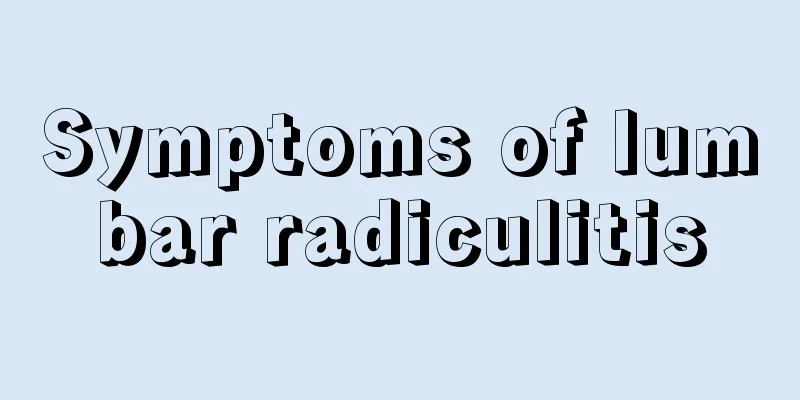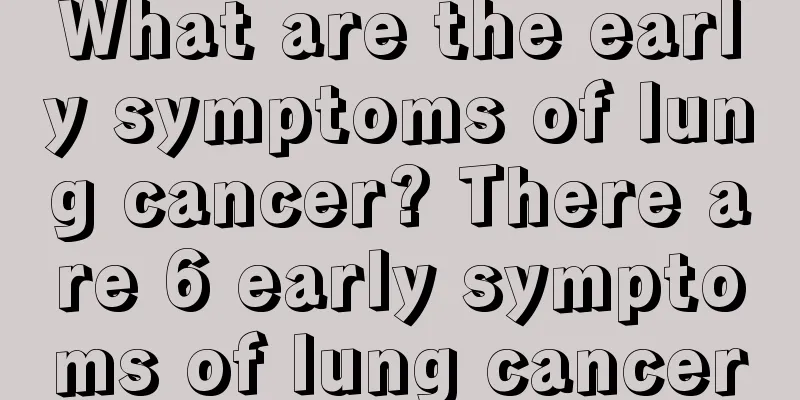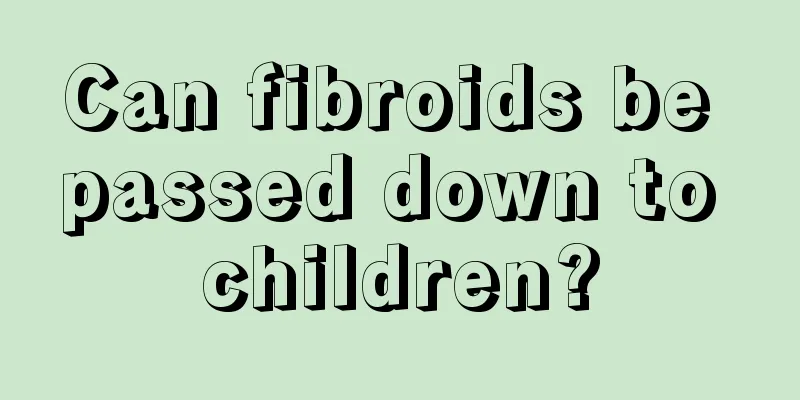How to treat testicular cancer scientifically

|
Testicular cancer is a very serious disease for men. It occurs in the testicular tissue of men and can easily lead to male infertility. Once a male friend is sure that he has testicular cancer, he should go to a regular hospital for treatment in time. So how to treat testicular cancer scientifically? Today I will explain to you the scientific treatment methods for testicular cancer. You can choose the following methods to scientifically treat testicular cancer: 1. Orchiectomy It is applicable to any type of testicular tumor, and emphasizes that radical orchiectomy should be performed through the inguinal route. The method is: the operation uses an oblique incision in the groin to reach the top of the scrotum, separate the spermatic cord, ligate and cut the spermatic cord and blood vessels at the internal inguinal ring, and then remove the testicle and its tumor. Simple orchiectomy often cannot achieve a thorough surgical removal effect, and retroperitoneal lymph node clearance is required to achieve the purpose of radical cure. Patients who receive this treatment may worry that removing a testicle will affect their sexual ability and may cause infertility. However, men with only one healthy testicle can still have normal erections and produce sperm. Therefore, surgical removal of one testicle does not make a man impotent or infertile. During the surgery, doctors can place an artificial testicle in the scrotum. The artificial testicle weighs and feels like a normal testicle, and an uninformed person cannot tell the difference between an artificial testicle and a natural testicle. Some lymph nodes deep in the abdomen are also removed. Although this surgery does not affect a man's ability to have normal erections and orgasms, it can cause infertility because it may prevent ejaculation. 2. Retroperitoneal lymph node dissection Since non-seminomatous germ cell tumors such as embryonal tumors and teratomas are not sensitive to radiation, retroperitoneal lymph node dissection should be performed after orchiectomy, and cases in stage I and II can be cured. There are many surgical methods, and different methods have their own advantages and disadvantages. It is advocated to use a median incision from the xiphoid process to the pubic symphysis for retroperitoneal lymph node dissection. The range of resection includes the upper limit to 2 cm above the bilateral renal pedicles and the renal pedicles, the abdominal aorta and inferior vena cava to the iliac blood vessel intersection and the upper third of the ipsilateral iliac blood vessels, both sides to the bilateral ureters and spermatic cords, and all lymph nodes, fat and pedicle tissue in the fascia around the ipsilateral kidney. Regarding the timing and operation of retroperitoneal lymph node dissection, it is generally believed that: ① Operation time: performed at the same time as orchiectomy or two weeks later. ② Lymph nodes should be removed in anatomical order, and an en bloc removal should be performed. ③ When dissecting lymph nodes next to the large retroperitoneal blood vessels, be cautious and gentle to avoid damaging the large blood vessels, and do not over-twist the renal pedicle vessels. ④If chemotherapy is needed after surgery, it should be done two weeks later. 3. Cik therapy CIK therapy is the fourth latest tumor treatment method after surgery, radiotherapy and chemotherapy. This therapy extracts mononuclear cells from 50-100ml of peripheral blood of patients, culture and amplify them in a sterile GMP laboratory in vitro, increase their tumor-killing activity by several to dozens of times, and then infuse them back into the patient's body. This therapy can not only accurately kill and remove residual and tiny tumor lesions, but also quickly activate the human immune system, stimulate the body to produce anti-tumor immune response, and effectively prevent the spread and recurrence of cancer cells. The treatment of testicular tumors is divided into surgical treatment, radiotherapy and chemotherapy. The basic surgical method is orchiectomy and retroperitoneal lymph node dissection. Radiotherapy is extremely sensitive to seminoma, embryonal carcinoma and malignant teratoma are less sensitive to radiation, and choriocarcinoma is extremely insensitive to radiation. Testicular tumors respond well to chemotherapy. It is generally believed that chemotherapy has a better effect on seminoma, embryonal carcinoma and choriocarcinoma, especially when several drugs are used in combination, the effect is better. It is less effective for teratoma. Chemotherapy also has a certain effect on advanced or recurrent cases. |
<<: What are the treatments for testicular cancer
>>: In what ways does a pituitary tumor harm the human body
Recommend
Is blood in the nasal discharge a nasopharyngeal cancer? How should it be treated?
Is blood in the nasal discharge a nasopharyngeal ...
Steps of the Bayer method
Do you know what the Bayes method is? In fact, th...
What should I do if I have long-term cervical pain?
There are many types of cervical spondylosis, the...
How to care for back pain in late stage lung cancer
How to take care of advanced lung cancer? This mu...
What to do if your eyes are bruised? Different situations have different treatments
Bruising of the eyes is usually caused by trauma....
Nodular goiter, 5 common manifestations
Nodular goiter is very common in adolescent girls...
How to remedy a low nose bridge
The so-called bridge of the nose is the root of t...
Baking soda for brushing teeth
Teeth are a part of our body that many of us pay ...
Stomach discomfort is caused by cervical spondylosis
Sometimes I feel stomach discomfort, but after ex...
What causes severe cardiac edema?
The heart is one of the most important organs in ...
How to remove the odor of smelly spareribs
What should you do if the ribs have a strange sme...
Your eyes are foggy, you need to know these
In daily life, it is very common to see things wi...
Soreness in the little feet and stomach
Generally speaking, if your calves feel sore and ...
Crohn's bloody stool
Many diseases have unique names, some are named a...
Can ovarian tumors be inherited?
Can ovarian tumors be inherited? The ovaries are ...









